The His bundle consists of special heart muscle cells and, together with the sinus node and the atrioventricular node (AV node), forms part of the excitation conduction of the heart muscles. The bundle of His represents the only electrical connection from the atria to the ventricles and, in the event of a failure of the sinus and the AV node, serves as a backup clock with a base rate of 20-30 beats per minute.
What is the bundle of His?
The approximately 5 to 8 mm long bundle of His, which is named after the Swiss anatomist Wilhelm His, consists of special heart muscle fibers (smooth muscles) that have the ability to transmit an electrical potential or to generate an electrical potential themselves.
The HIS bundle is an extension of the AV node and forms the electrical bridge between the right atrium and the two chambers by penetrating the septum between the atrium and the two chambers and then dividing into a right and left chamber limb. The electrical excitation potential is transmitted along the septum of the right and left ventricles (one right and two left tawara thighs) to the apex of the heart and leads to contraction of the ventricular muscles via the Purkinje fibers.
The bundle of His not only establishes the electrical connection between the atria and the ventricles, but can also act as a replacement clock if the first heart rate clock, the sinus node and the second clock, the AV node, should fail as "pacemakers". However, the “chamber replacement rhythm” of the bundle of His with 20-30 beats per minute is too slow in the long run.
Anatomy & structure
The bundle of His is anatomically closely connected to the AV node and can be viewed as an extension of the common trunk trunk Truncus fasciculi atrioventicularis. The bundle of His, consisting of cardiac muscle fibers, crosses the septum between the atria and the ventricles and branches into a right and two left excitation lines, the so-called Tawara thighs.
The transmission of the electrical "impulse" within the stimulus conduction system happens exclusively via the special muscle fiber cells of the stimulus conduction system. This means that the transmission of electrical impulses is completely autonomous and independent of nerves. This also applies to the bundle of His, the cells of which are also able to initiate their own excitation with a frequency of around 20 in the event of a total failure of the excitation through sinus or AV nodes, as it were as the last back-up up to 30 beats per minute.
Function & tasks
The most important task of the bundle of His is the transmission of the electrical stimulus to the contraction of the papillary muscles and the ventricular muscles in a staggered sequence. The electrical “beating impulse” normally generated in the sinus node in the right atrium causes the muscles of the two atria to contract. This opens the two leaflet valves (mitral valve and tricuspid valve), which are located between the atria and the chambers, so that the blood can flow from the atria into the chambers.
The two pocket valves (pulmonary valve and aortic valve) are closed in this phase. Just a few milliseconds after the atria has contracted, the bundle of His transmits the stimulus to contraction to the papillary muscles in the chambers, so that they first contract and the tendon threads that hold the edges of the leaflet valves are tightened and the leaflet valves close.
Immediately afterwards, the chambers contract (systole) and pump the blood through the open pocket flaps into the pulmonary circulation (right chamber) and the body circulation (left chamber). The exact timing of the stimulus transmission through the bundle of His is extremely important for optimal functionality.
In addition to controlling the transmission of the stimulus, the bundle of His has an emergency function. If the first pulse generator, the sinus node, fails as a “pacemaker” or the cells of the right atrium are unable to transmit the stimulus to the AV node, the AV node steps in as a frequency generator. If the AV node as a clock should also fail, the bundle of His and the downstream parts of the conduction system function as the very last back-up option with a very slow cycle of 20 to 30 beats per minute. The rhythm that is created in this way is also referred to as the chamber rhythm.
Diseases
The most common ailments and malfunctions associated with the bundle of his is the bundle of his block. In this case, the bundle of His blocks the transmission of the electrical impulse to the contraction of the ventricular muscles. The Bundle of His block corresponds to a cardiac arrhythmia that can be caused by inflammation, poor blood flow or a degenerative change in the bundle of His tissue.
Analogously, the so-called bundle branch block can be seen in the same context. In this case, the location of the stimulus block is below the node of His in one of the tawara thighs. Two or all three legs can also be affected. In the latter case, there is a total bundle branch block. The most common reasons for the development of a bundle branch block are diseases of the coronary arteries, heart attack, myocarditis or a dysfunction of the heart muscle (cardiomyopathy). In very rare cases, newborns and infants up to 6 months of age can develop junctional ectopic tachycardia.
It is a life-threatening cardiac arrhythmia with a ventricular rate of 150 to 350 beats per minute. The exact causes for the occurrence of this disease have not (yet) been adequately researched. Genetic influences probably play an important role because the incidence of the disease in certain families increases beyond the normal statistical level. Effects of open heart surgery are also discussed as a cause. The rapid rhythm is primarily caused by an increased excitability of the AV node and the bundle of His.
Typical & common heart diseases
- Heart attack
- Pericarditis
- Heart failure
- Atrial fibrillation
- Myocarditis

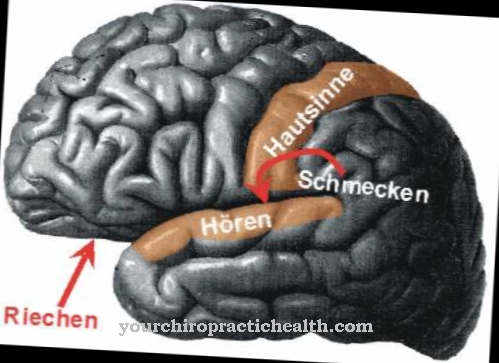

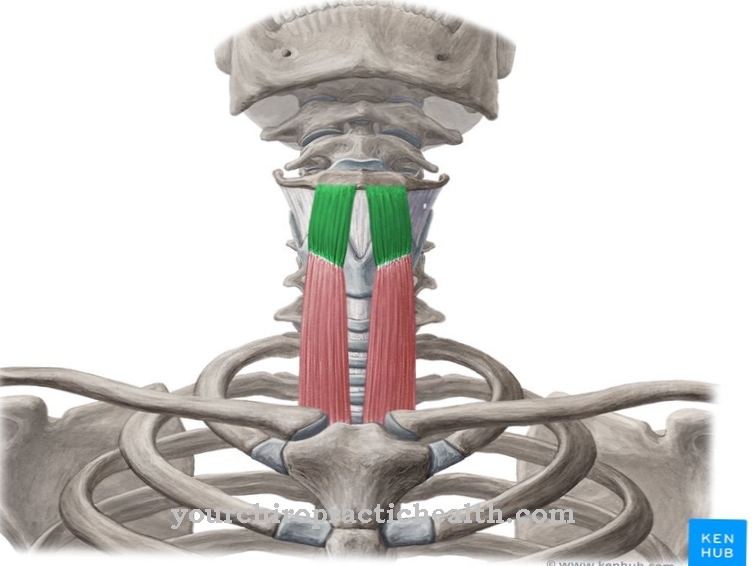
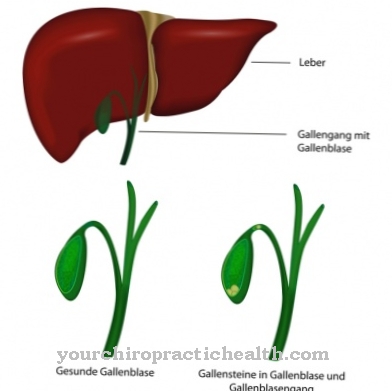
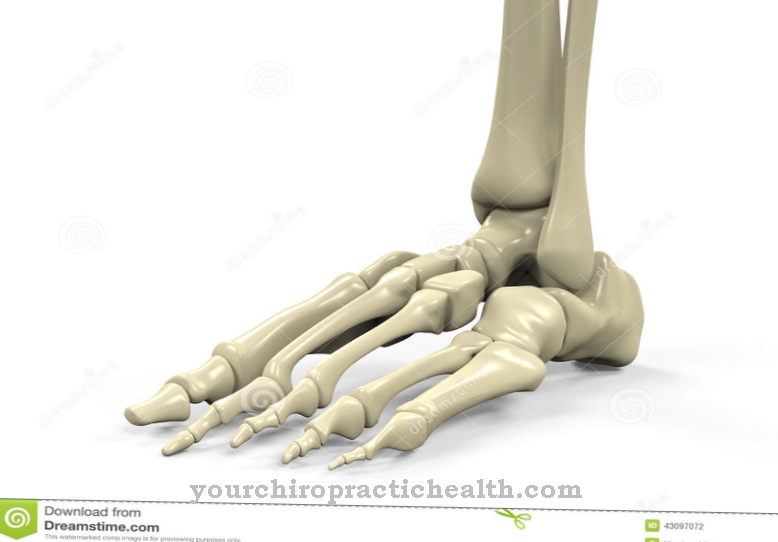
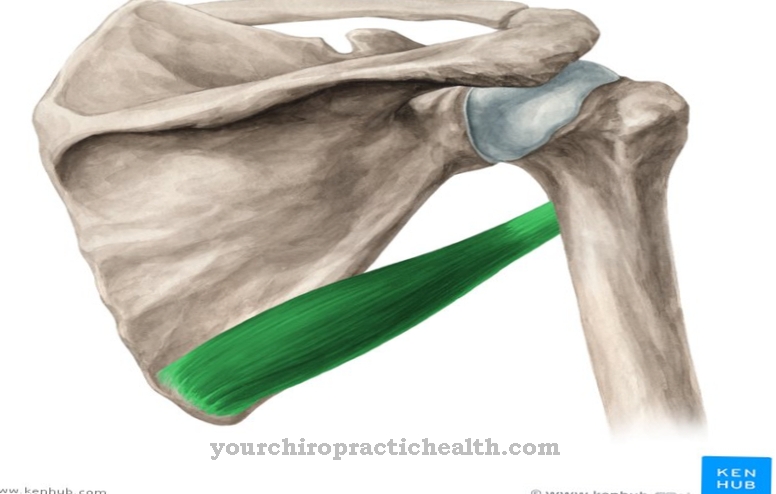






.jpg)

.jpg)
.jpg)











.jpg)